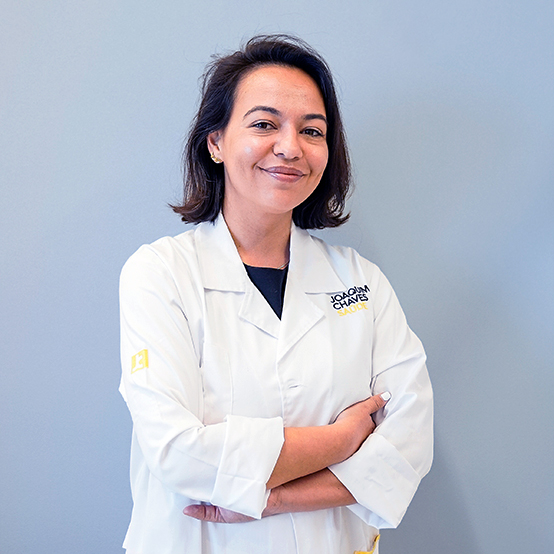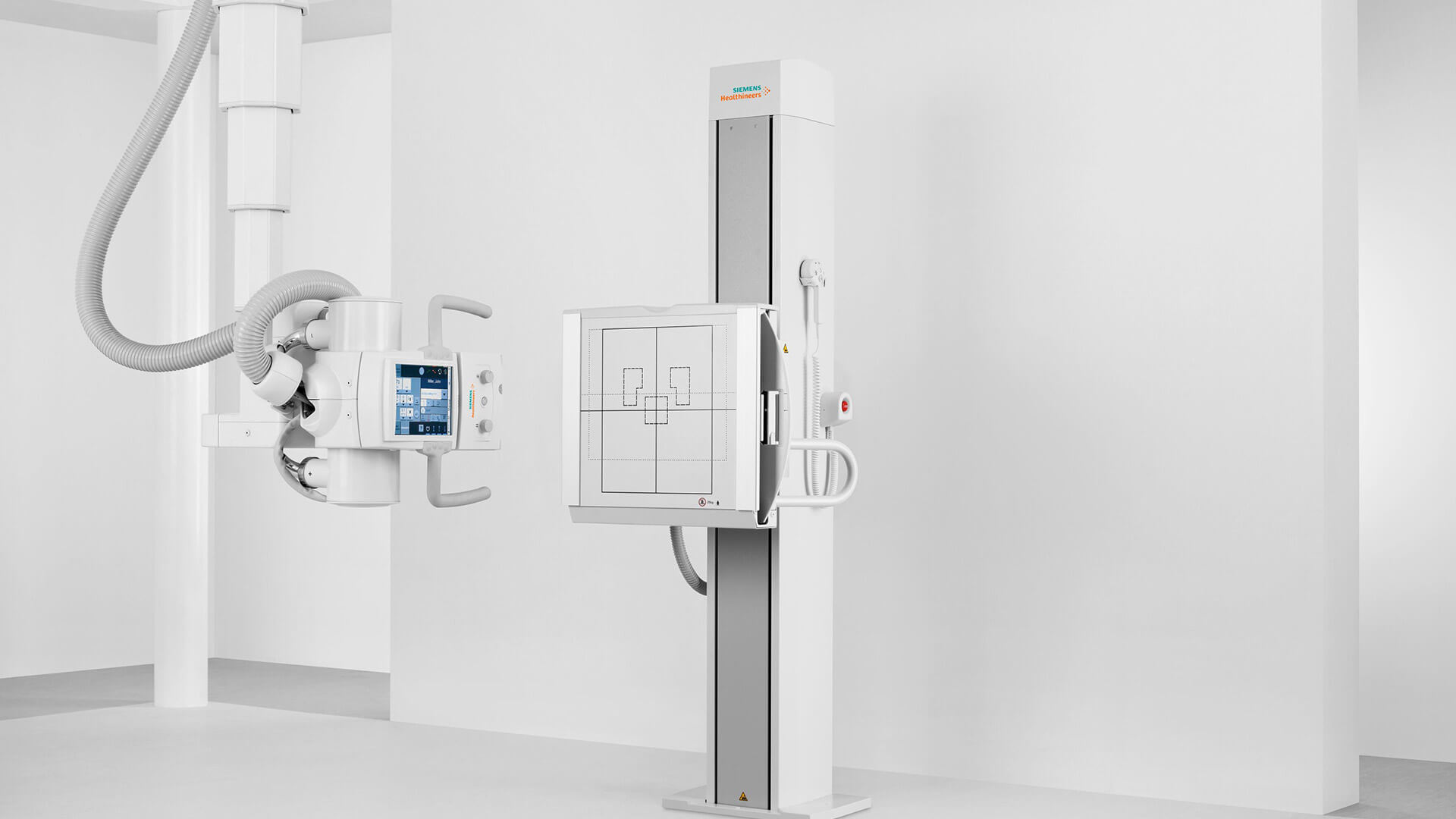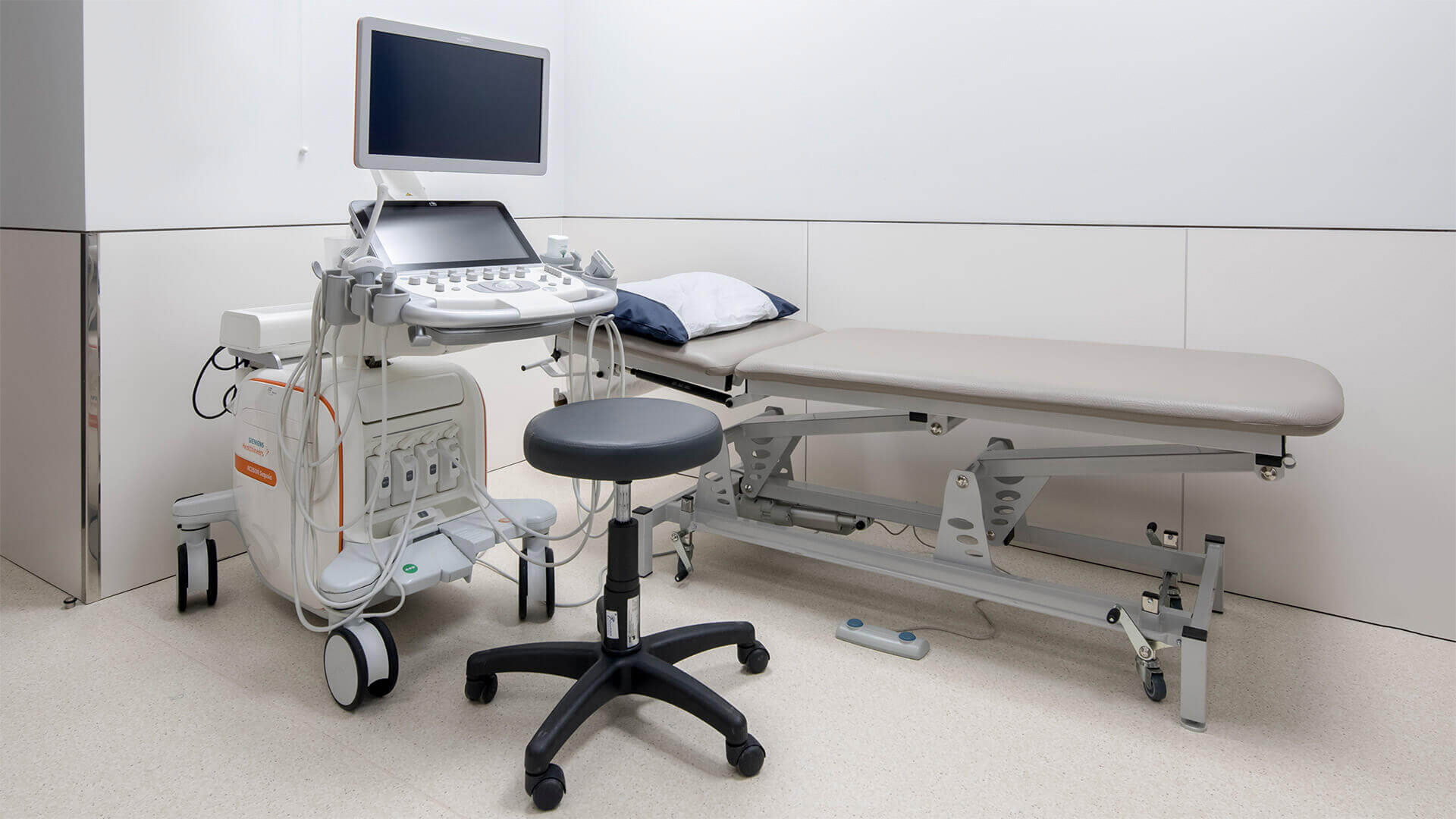How is shoulder instability diagnosed?
Shoulder instability is diagnosed during a medical consultation, following a careful assessment of the symptoms and signs presented by the patient, by collecting the clinical history and after performing tests that the orthopaedic specialist may request to complement the diagnosis. The orthopaedic specialist will ask detailed questions about the patient’s symptoms, such as pain, feeling of instability, restricted mobility and episodes of shoulder subluxation or dislocation. The history of prior shoulder injuries and physical sports or professional activities will also be taken into account.
Next, it may be necessary to undergo imaging examinations, like x-rays, MRI or CAT scans. These exams help identify possible causes for the instability, such as bone fractures, ligament injuries or other damage to the joint.
How is shoulder instability treated?
The treatment for shoulder instability can vary depending on the severity of the condition, the causes of the injuries, the patient’s age and the level of physical activity practised. The principal goal of treatment is to restore stability to the shoulder joint, relieve pain and improve function. Treatment options include:
Physiotherapy
Physiotherapy plays an important role in strengthening the shoulder muscles and improving joint stability. Specific shoulder strengthening and stabilising exercises may be suggested by the Physical Medicine and Rehabilitation specialist, to help improve muscle strength and stability.
Changes in physical activity
Activities that could trigger symptoms or aggravate instability should be avoided. This may include modifying repetitive movements, adopting appropriate techniques when practising sports and reducing the shoulder load.
Arthroscopic Bankart Repair (surgery)
If treatment with physiotherapy fails or instability relapses/recurs, the orthopaedic physician specialized in shoulder treatment may recommend surgery to repair the damaged tissue and stabilize the joint. Arthroscopic Bankart Repair involves inserting a video camera into the shoulder joint through tiny incisions. This enables direct visualization of the inside of the joint, while testing the shoulder’s internal structures, which allows the confirmation of the diagnosis and treatment of the identified injuries, by introducing the surgical instruments through the millimetric incisions. The labrum and capsule are repaired and reattached in the correct position. The recovery time can vary, but usually involves a few weeks of rest, followed by a progressive rehabilitation program.
Arthroscopic dynamic anterior stabilization
In more serious cases where more extensive bone and ligament injuries have caused shoulder instability, isolated Bankart arthroscopic repair can be insufficient and the orthopaedic surgeon may recommend arthroscopic surgery with additional procedures. In arthroscopic dynamic anterior stabilization, using the same tiny incisions as in Bankart repair, the long head of the biceps tendon is repositioned to reinforce the repair of the shoulder’s anterior structures, thereby increasing stability. The team of orthopaedic specialists in charge of Joaquim Chaves Saúde’s elbow and shoulder unit is comprised of surgeons who pioneered this minimally invasive technique to treat shoulder instability in Portugal and Europe, with results published in the leading international scientific journals in this specialty.
Latarjet surgery
Latarjet surgery is a procedure that can be necessary in cases of extensive bone lesions, and is usually recommended to treat more complex conditions where the procedures mentioned above are insufficient to restore proper stability. This technique involves taking a bone graft from the patient’s shoulder blade, and transferring and attaching it to the area requiring treatment, to make the joint more stable.
Treating shoulder instability at Joaquim Chaves Saúde
The shoulder is one of the most highly exerted joints in the human body. It is important to seek specialized medical help as soon as the first symptoms appear, in order to minimize the impact on professional and sports activities.
At Joaquim Chaves Saúde, you will find a team of nationally and internationally recognized dedicated orthopaedic specialists with a vast curriculum and extensive experience, specialized in the treatment of every type of shoulder instability. Schedule your appointment now a get back your freedom of movement.





